In the world of driving and transportation, understanding the different types of driver classifications can be crucial for both employers and jobseekers. At Connect Appointments, we take pride in our specialised driving division, Connect Driver Solutions, where we focus on matching skilled drivers with top employers. But what’s the difference between Class 1 and 2 drivers, and how do terms like HGV (Heavy Goods Vehicle) and LGV (Large Goods Vehicle) fit into the mix? Let’s break it down.
What Are Class 1 and Class 2 Drivers?
Class 1 Drivers:
Class 1 drivers are licensed to drive Category C+E vehicles. These are the largest and heaviest trucks on the road, often referred to as articulated lorries. They consist of a tractor unit and a trailer, which can be detached. Class 1 drivers are essential for long-haul journeys and transporting large quantities of goods across significant distances.
Class 2 Drivers:
Class 2 drivers hold a Category C license, allowing them to drive rigid vehicles, which are single-unit trucks with the cab and trailer permanently attached. These vehicles are smaller compared to those driven by Class 1 drivers and are typically used for shorter distances and urban deliveries.
How to Upgrade from a Class 2 to a Class 1 Licence
Upgrading from a Class 2 (C) to a Class 1 (C+E) licence is a key step for many drivers aiming to expand their professional horizons. Here’s how you can make the transition:
- Eligibility Check: Before you start, ensure that you hold a valid Class 2 licence. This is a prerequisite for moving up to Class 1.
- Training Course: Consider enrolling in a training course specifically designed for Class 1 aspirants. These courses offer practical experience and help you gain confidence behind the wheel of larger vehicles with trailers.
- Schedule the Practical Test: To obtain your Class 1 licence, you’ll need to pass a practical driving test. This test is conducted by the DVSA (Driving and Vehicle Standards Agency) and focuses on your ability to safely operate a combination of vehicles.
- Test Components: During the practical test, you’ll demonstrate skills such as reversing exercises, coupling and uncoupling trailers, and general driving abilities on public roads.
- Cost of the Test: Be prepared to pay the test fee, which is approximately £115. This fee is subject to change, so it’s wise to check the current rates on the DVSA website.
- Prepare for the Exam: Practice diligently to improve your skills and knowledge. Utilize resources like online practice tests and guides to feel fully prepared.
- Book and Attend the Test: Once you feel confident, book your test via the DVSA’s official site. Ensure you attend your test appointment punctually, with all necessary documentation.
Upon successful completion, you’ll be awarded your Class 1 licence, enabling you to drive larger vehicles and enhancing your career opportunities in the logistics industry.
HGV and LGV: Clearing Up the Confusion
Many people use the terms HGV and LGV interchangeably, but it’s important to understand their distinctions, especially in the UK context.
HGV (Heavy Goods Vehicle):
Historically, HGV has been the term used in the UK to refer to vehicles over 3.5 tonnes. This includes both Category C (Class 2) and Category C+E (Class 1) vehicles.
LGV (Large Goods Vehicle):
LGV is technically the European Union’s term for what the UK refers to as HGV. In practice, though, LGV is sometimes confused with Light Goods Vehicle, which refers to smaller vehicles like vans under 3.5 tonnes. Therefore, it’s crucial to clarify the context in which LGV is used.
For clarity, in the UK, HGV is the preferred term for vehicles over 3.5 tonnes, encompassing both Class 1 and Class 2 licenses.
Why Knowing the Differences Matters
Understanding these classifications is vital for both employers and drivers. For employers, it ensures they hire the right drivers with the appropriate licenses for their specific needs. For drivers, knowing these differences can help them pursue the right qualifications and job opportunities.
If you’re looking to learn more about the stages and associated test costs for becoming an HGV driver, the most comprehensive resource is the official UK government website. You can access detailed information, including all the necessary steps and fees involved, by visiting gov.uk/become-lorry-bus-driver. This site provides up-to-date and reliable guidance on the entire process.
Connect Driver Solutions: Your Recruitment Partner
At Connect Driver Solutions, we specialise in connecting experienced Class 1 and Class 2 drivers with reputable employers across various industries. Whether you’re an employer seeking reliable drivers or a driver looking for the next step in your career, our team is here to support you.
For more information on driver licensing and qualifications, you can visit the UK Government’s official page.
Learn more about our specialised driving division on our Connect Driver Solutions page.
Explore our latest driver job opportunities.
Connect Driver Solutions is your go-to partner for all your driving recruitment needs. Contact us today to find out how we can help you find the perfect match for your requirements.












